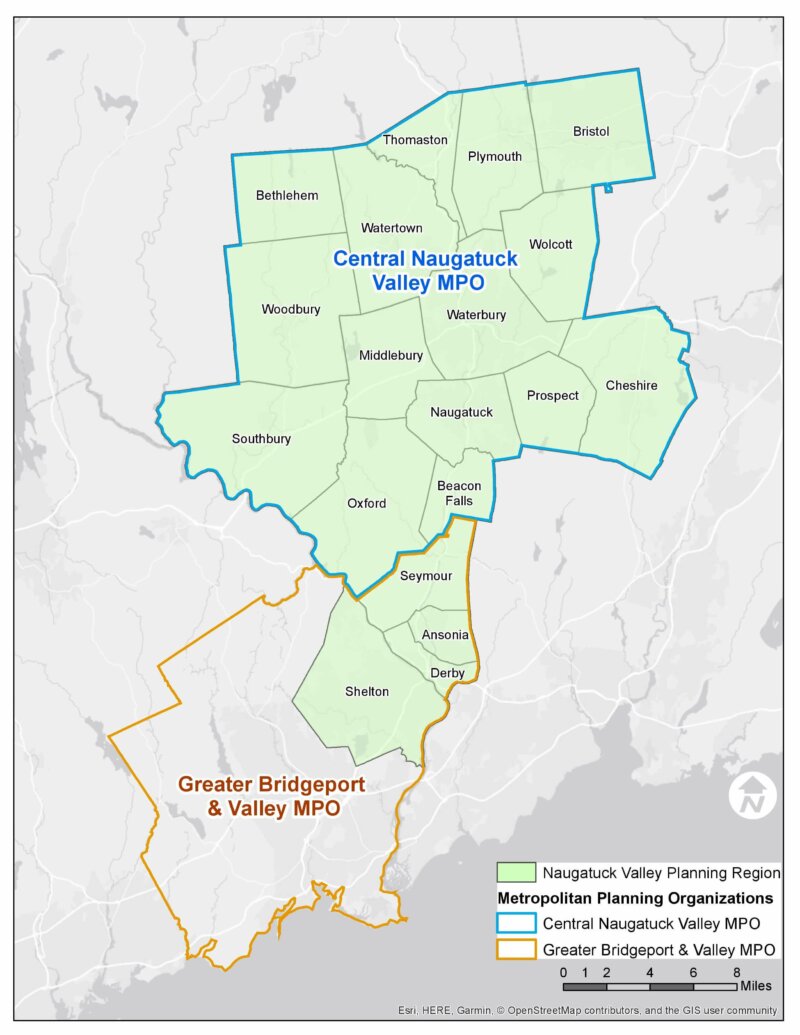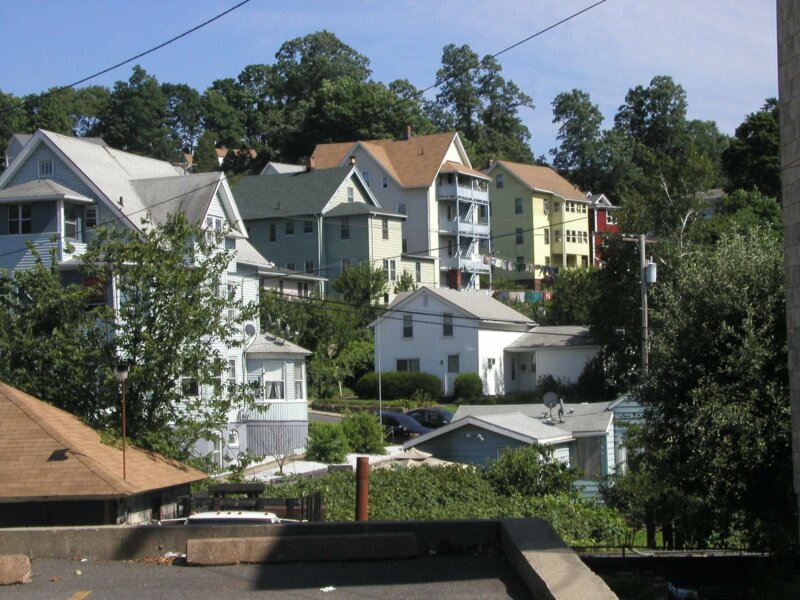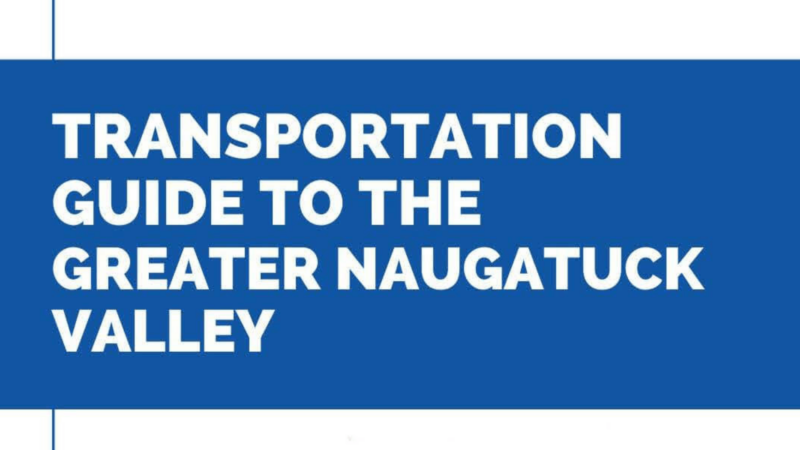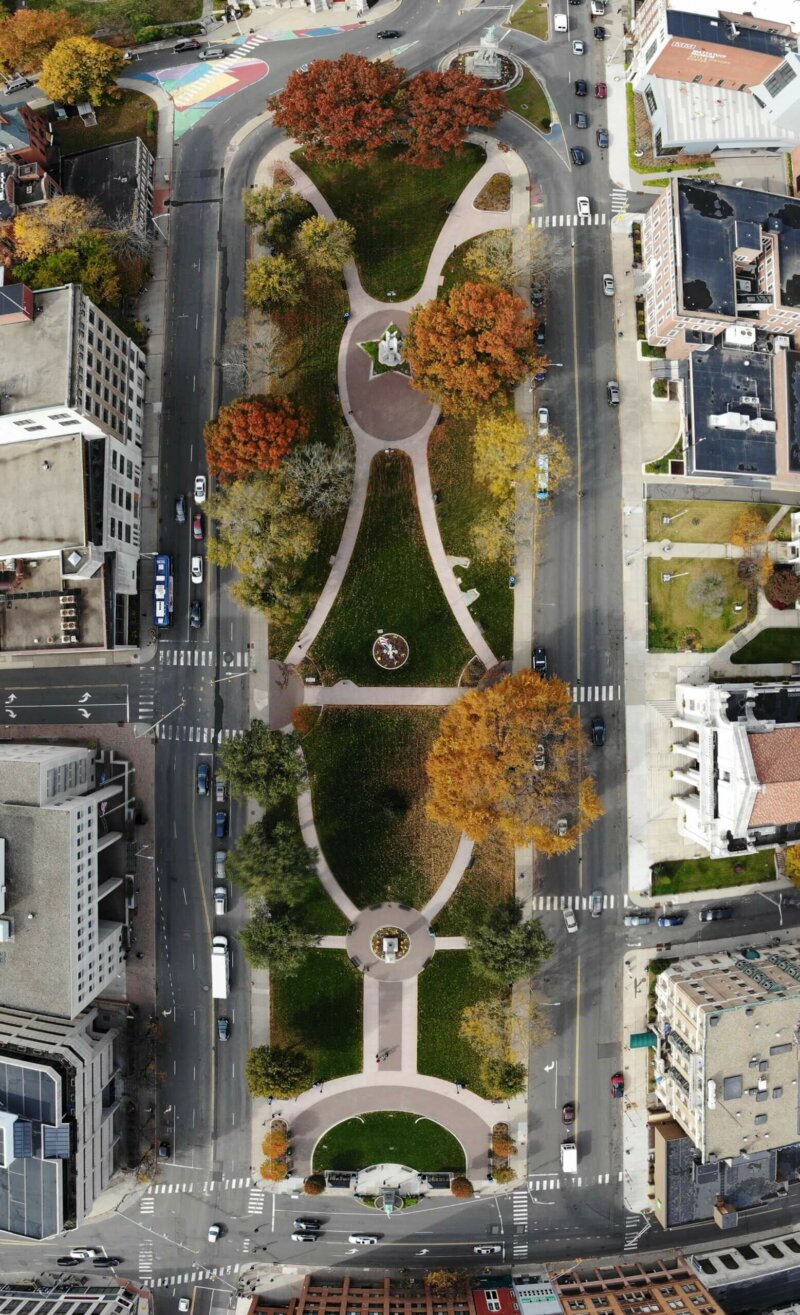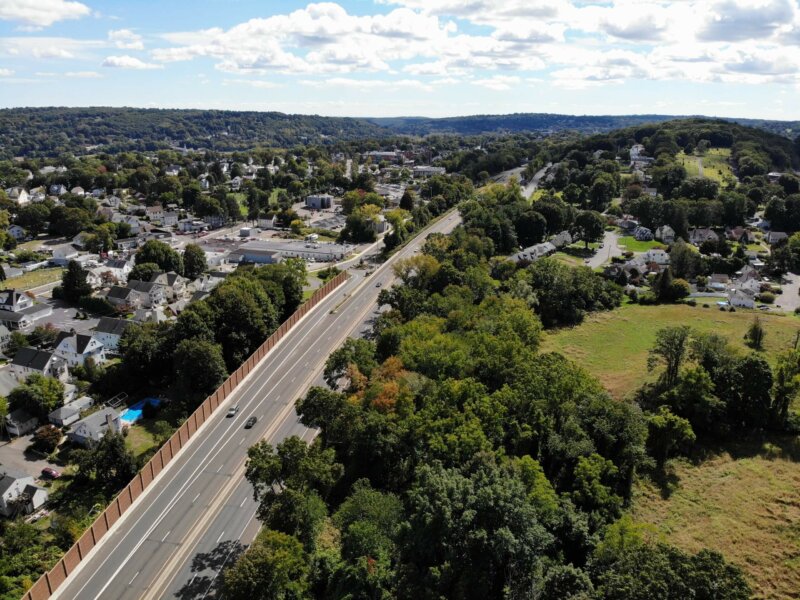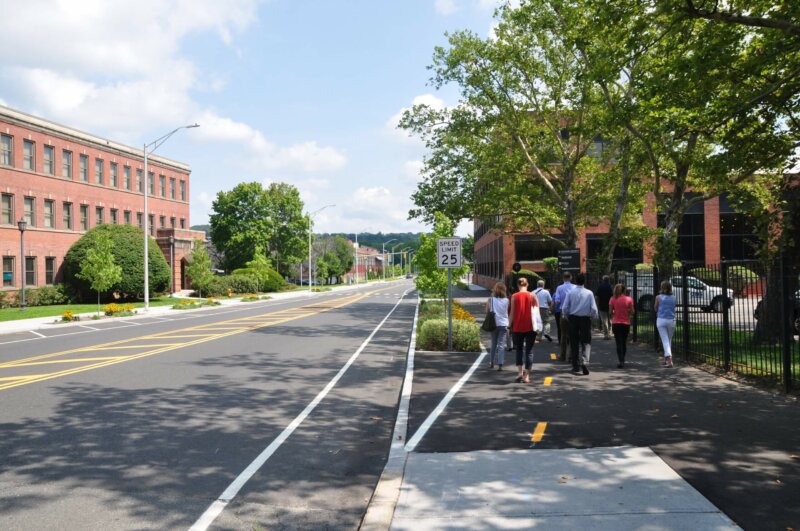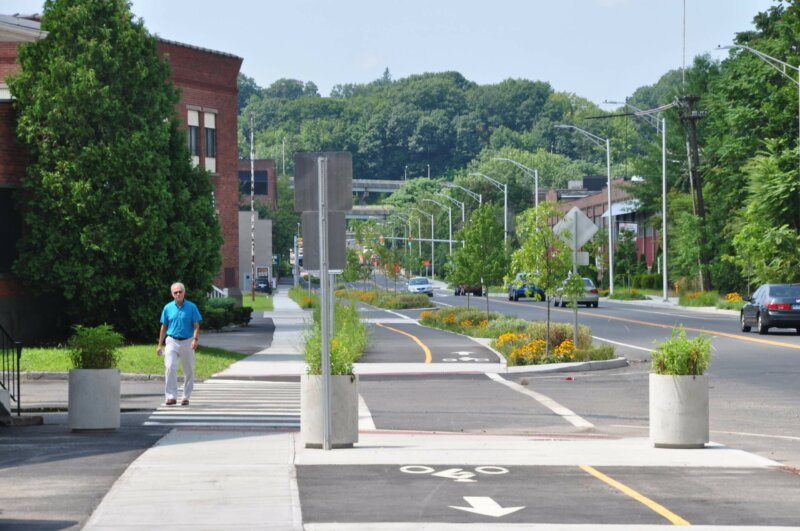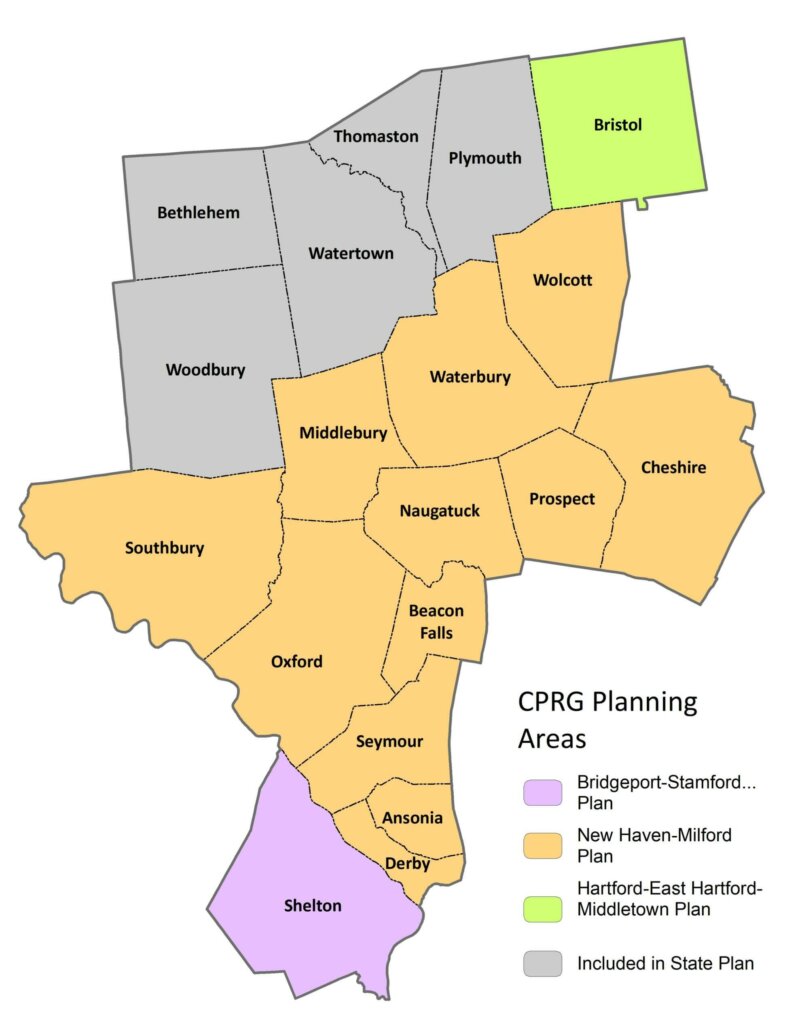The NVCOG creates Housing Needs Assessments (HNA) to assist its member municipalities in better understanding their housing stock by estimating housing gaps and surpluses and household cost burden.
2025-2028 TIP/STIP
The Transportation Improvement Program is the most important way that local elected officials set the direction of federal transportation spending. The next TIP, which covers federal fiscal years 2025-2028 will begin on October 1st, 2024, and is currently available for the public to review and comment before the MPO boards act to endorse them.


